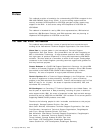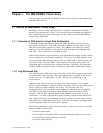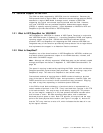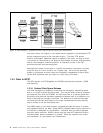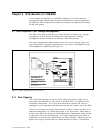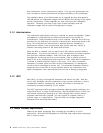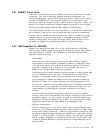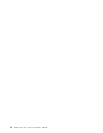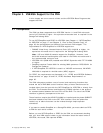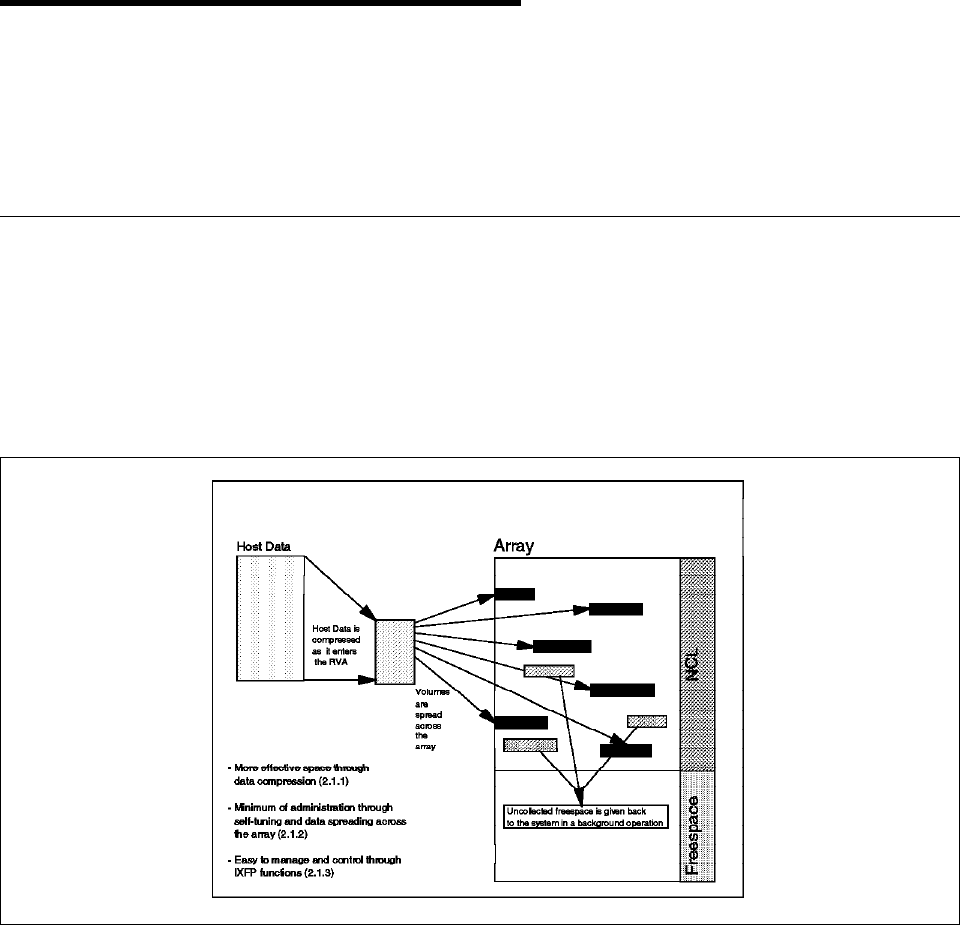
Chapter 2. RVA Benefits for VSE/ESA
In this chapter we describe how VSE/ESA′s support for the RVA assists in
managing storage, affects batch window characteristics, improves application
development, and increases the availability of data to the applications running
on the host system.
2.1 RVA Simplifies Your Storage Management
The RVA virtual disk architecture has many benefits to simplify your storage
management. In this section we discuss the improvements in storage
management that the functions and features of the RVA provide.
The space management improvements come from; more effective space use
from compression, minimizing adminstration, and ease of management using
IXFP/SnapShot for VSE/ESA (see Figure 3).
Figure 3. Space Management Improvements
2.1.1 Disk Capacity
The virtual disk architecture and the use of data compression enable you to
store data more effectively in the arrays of the RVA than in a traditional disk
architecture subsystem. The virtual disk architecture reduces the cost per
megabyte in your subsystem and increases the internal transfer rate in the RVA.
There is no allocation of physical disk space for logical volumes, as there is in
traditional subsystems, so unused disk space is not given away. When data is
written to the RVA, the arrays are filled sequentially, independent of the volume
or data set to which the data belongs. The logical capacity that you define is
independent of the physical capacity that you have installed. Therefore you can
define more logical volumes than you would be able to define in a traditional
Copyright IBM Corp. 1999 7



